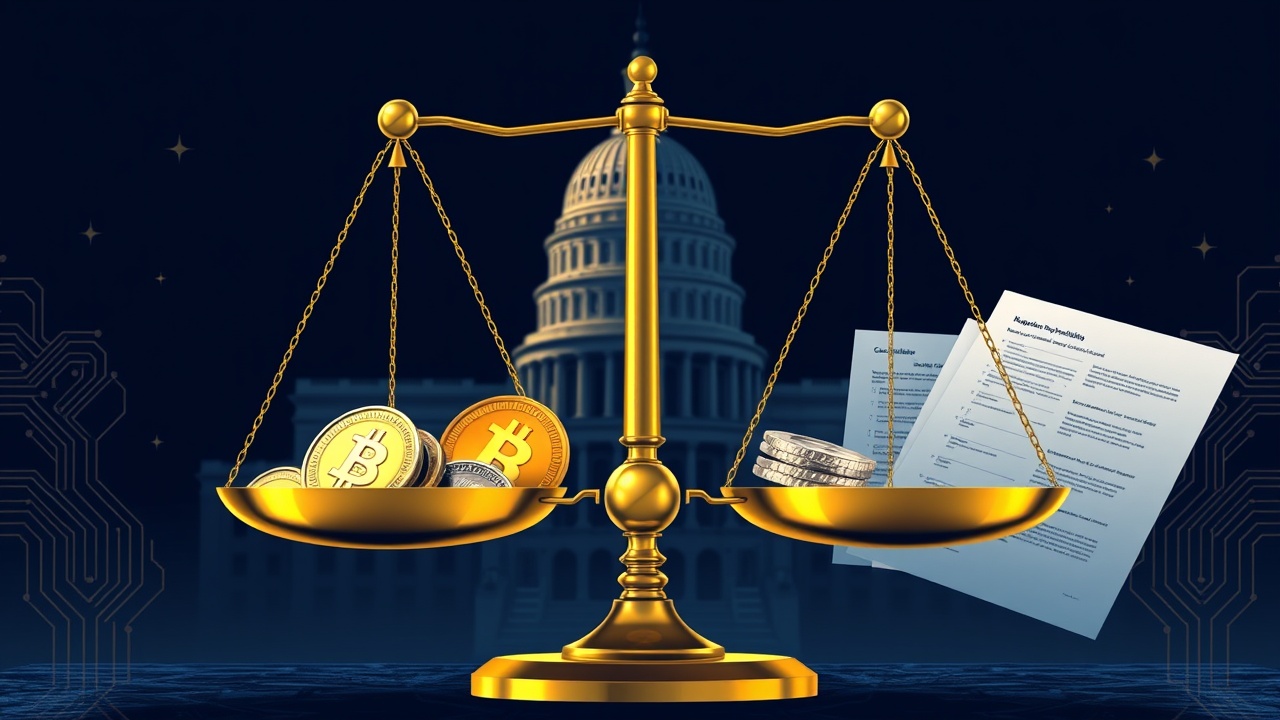The SEC’s Comprehensive Policy on Crypto Asset Markets
On April 10, 2025, the U.S. Securities and Exchange Commission (SEC) made a significant announcement through its Division of Corporation Finance, unveiling a comprehensive policy document titled “Offerings and Registrations of Securities in the Crypto Asset Markets.” While the name may not suggest urgency, its implications are profound for the Web3 sector, offering a thorough framework for cryptocurrency issuers looking to gain regulatory approval within the United States.
This document, consisting of nearly 4,000 words, serves as a vital guideline outlining essential disclosures that project developers must adhere to when raising funds through token issuance. Rather than taking the form of a regulatory mandate or a penalty notice against specific entities, it acts more as a foundational manual directing projects on how to navigate the U.S. capital market legally.
Background and Motivation
The SEC’s decision to put forth this guidance arises from a trend observed over recent years, where a growing number of Web3 initiatives have opted for compliance in raising funds. Many of these projects have utilized a range of methods, including filing a Form S-1 for public offerings, leveraging Reg A+ for raising smaller amounts of capital without completing the full IPO process, and submitting Form 20-F by foreign teams aiming to break into the U.S. market.
However, the SEC has noted significant inconsistencies in the registration materials submitted by various projects — with some merely repeating white paper content, others overloaded with jargon devoid of substantial meaning, and some failing to address crucial risk factors appropriately.
Mandatory Disclosures for Token Issuance
In response, this policy document delineates the mandatory disclosures that must accompany the issuance of coins intended to raise capital. Although it does not carry the weight of law, it acts as the de facto standard for registration within the industry. The guidelines’ core message is clear: project developers must provide a detailed account of their business activities, moving beyond the vague idealism often associated with blockchain-based projects.
Key Requirements for Business Disclosures
In terms of business disclosures, the SEC insists that developers articulate a complete overview of their operations. This includes specifying the nature of the project—whether it be a Layer 2 solution, decentralized exchange, GameFi initiative, or decentralized physical infrastructure network. Furthermore, project developers must convey their current stage of development, user metrics, on-chain activities, and future operational plans.
Key questions include:
- The ongoing viability of the project post-launch.
- The governance structure of any involved decentralized autonomous organization (DAO).
- The proposed monetization strategy—whether it involves transaction fees, token appreciation, or other revenue models.
Technical and Risk Disclosure Standards
The policy emphasizes the importance of transparency, mandating that the technical specifications of the project need to be clearly delineated. Projects are now required to detail the network’s technical structure, the roles and responsibilities of various participants (such as users, developers, and validators), and how governance will be executed—straying away from abstract assurances of technology and focusing instead on providing robust, factual information.
Furthermore, when it comes to token attributes, the SEC compels issuers to treat their tokens like securities. If their token qualifies as a security, the detailed attributes and rights associated with it must be disclosed thoroughly. This means that a technically sound model must be articulated in terms that align with SEC standards—moving the focus from innovative design to clear comprehension.
The SEC has also made it clear that risk disclosure goes beyond merely discussing potential price volatility; all conceivable risks associated with the project must be transparently reported. The SEC’s stance is strict: any failure to disclose relevant information could lead to regulatory repercussions.
Management, Financial Disclosures, and Future Outlook
Moreover, issuers must provide full transparency regarding management and control structures, explicitly identifying decision-makers, those authorized to issue tokens, and who ultimately benefits from the project. Even if a project operates under a complex structural arrangement, the true controlling party must be revealed.
Financial disclosures are pivotal as well; the SEC demands that projects furnish financial statements in established formats and clarify the accounting treatments related to their tokens. Should governance and operational rules be embedded in codes, such terms must be submitted as formal appendices with any updates documented regularly.
Lawyer Mankiw synthesizes the overarching sentiment accurately: the SEC’s document represents a coming-of-age moment for the Web3 industry. Although initial reactions might lean toward viewing the complexity as an obstacle urging developers to seek more lenient jurisdictions, this document is intended as a supportive invitation to integrate Web3 into the traditional financial ecosystem.
Conclusion: A Roadmap for Compliance
The SEC is not placing obstacles; rather, it is providing a roadmap for projects that desire actual monetary participation from conventional institutions while aspiring to be traded on mainstream markets without the looming fear of legal complications. To survive long-term, Web3 projects need to align their token management with securities regulations and view their operations through the lens of public accountability. This guidance is not an attempt to restrict innovation but is fundamentally about ensuring clarity and honesty in the information shared with potential investors. Now is the time for all stakeholders in the Web3 space — from developers to legal advisors — to engage deeply with this document as they prepare to navigate compliance in the U.S. market.

















